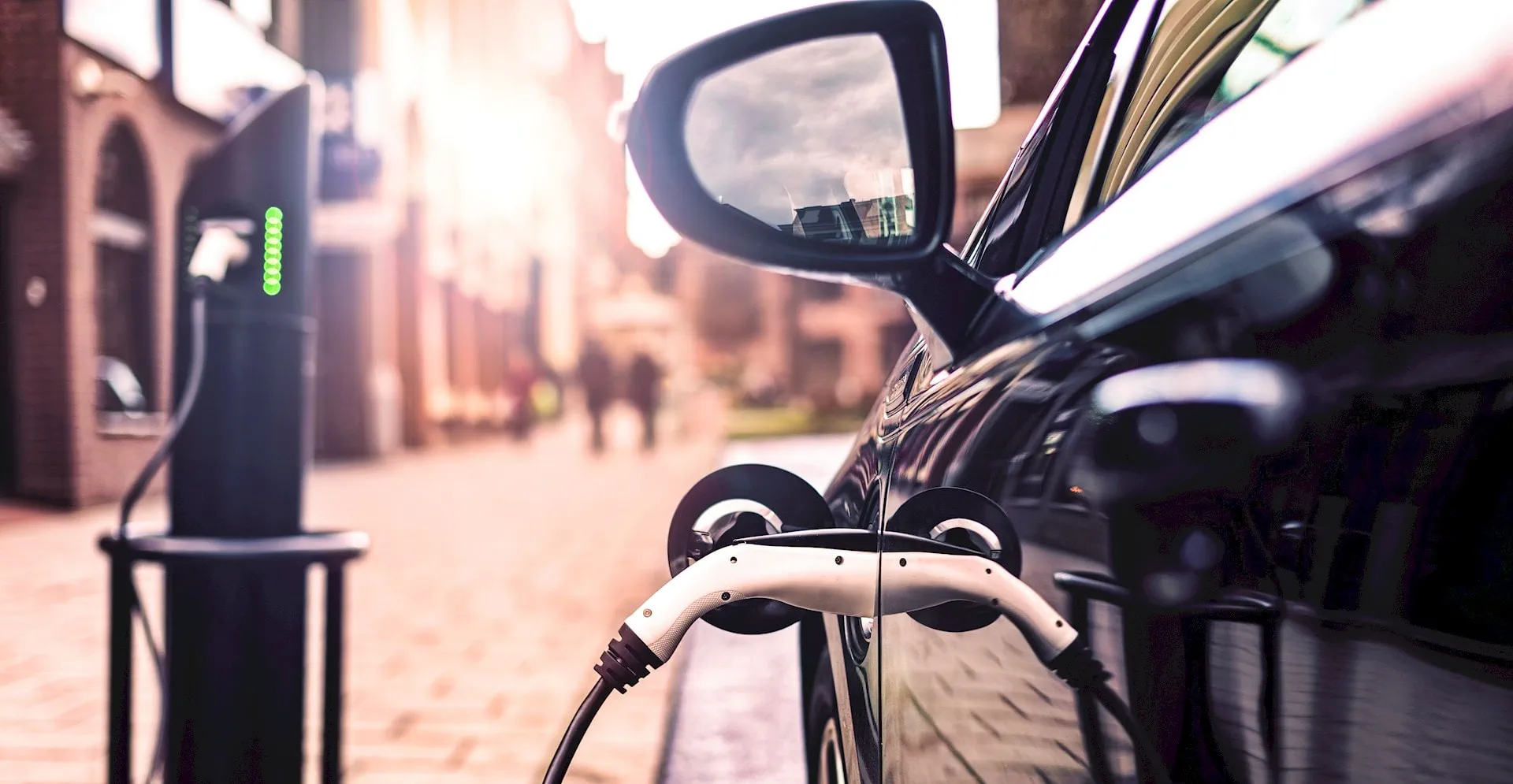The rapid rise of electric vehicles in combination with the focus on reducing emissions within our cities is generating discussions around the next evolution of mobility infrastructure.
The focus on urban sustainability and reductions in emissions over the past decade within our cities, coupled with the fast-improving battery technology and growth in electric vehicle (EV) demand are generating discussions around the next evolution of mobility infrastructure.
There have been many debates around autonomous vehicles (AVs) and the need for cities, ridesharing services and Original Equipment Manufacturers (OEMs) to collaborate with one another (see Driverless Future) to design effective mobility solutions that account for the potential effects that AVs will have on a variety of elements. But before we enter a reality where AVs are embedded into our daily lives, we will see the continued rise of EVs occurring all over the world. Forecasts estimate that by 2025, 20% of all cars sold will be EVs.
Investment in Charging Stations
EVs bring many sustainability benefits as well as cost savings to consumers. Many large metropolitan cities, such as New York City, London and Paris, are exploring ways to encourage EV usage by integrating charging stations throughout the city. Several automakers such as Porsche, Tesla and Volkswagen are working to reduce consumers’ “range anxiety” by investing in charging stations and pushing the limits with fast-charging infrastructure to meet customer expectations. Recently, Target and Walmart announced plans to install charging stations at hundreds of locations by partnering with automakers and electric providers.
Stress on Power Sources
However, a facet that has not been explored in great detail is how utilities factor into the equation. As the use of EVs rise and more people plug their personal form of transportation into the electrical system, more demand will be placed on the power grid. According to the Bloomberg New Energy Finance report, nine percent of total global electricity demand by 2050 will come from vehicles. And with some high-speed charging stations able to charge an EV within 30 minutes (generating enough power to operate 300 homes), many utilities and their power grids will need to expand their resources in the near future. In some areas where energy resources are stressed already, such as California and parts of Texas, increasing usage of EVs could very well disrupt the electrical grid.
Key Electric Vehicle Considerations for Cities
EVs will impact a myriad of factors for the general public, private industries, and the cities’ approach to urban planning. From Arcadis’ global experience, the following considerations should be a part of future mobility plans and discussions as electrification continues to grow at a rapid pace.
-
Understand human behaviors and convenience. How do residents currently move around your city and community using their personal vehicles or public transit? EV owners are frequently concerned about not having enough of a charge to make it to their destinations so determining locations and incentive plans for workplaces, retail, transit hubs, and other large community attractions are key. There is also negative public perception around placing stations on pedestrian walkways vs. integrating into parking lots and roadways. Working with an urban planner and conducting focus groups can shed light on the best user experience based on specific settings.
-
Determine location of stations. Where will residents find the most value in charging stations? Install high-speed stations where cars are already being parked. Integrate into ridesharing services and taxi waiting areas. Placing stations near large power sources that are already in use today, such as stadiums and sporting venues, can address some power grid concerns.
-
Leverage open data. Using ridesharing information to determine the appropriate mode mix and how EVs may play a role to reduce emissions can lead the direction of the overall strategy. Data visualization, data analytics and machine learning are all tools and approaches that can inform necessary decisions based on the information and trends collected.
-
Factor in permitting time. As permits are typically required for the installation of an electric vehicle charging station, obtaining these permits can take an extensive amount of time so make sure to build that into the plan timeline. Once establishing your location of stations, group the permit request together to streamline efforts. Make sure to consider any microgrid power source options to reduce the load and power required from the main utility’s central power source.
-
Figure out the financing. Researching energy costs will provide direction in incentivizing EV owners to charge their vehicles at the optimal time to create the least amount of impact on the power grid. For example, encourage EV owners to charge in evenings when power is used less and charge a higher premium for energy that is used during peak hours.
Similar to how integrating AVs within urban mobility planning requires the collaboration among stakeholders and ecosystem partners, the same applies to incorporating EVs into sustainable city transportation planning. It’s incredibly important to partner with urban planners to provide optimal experiences for residents and partner with utilities to understand the impact of these charging stations to the electrical system. Imagine a place where a driverless EV picks you up and drops off, and proceeds to the location of the next passenger without ever needing to stop and recharge because of wireless power transfer from nearby energy sources (Five things to plan before beginning electric fleet conversion). It’s already happening but are our cities and energy industry ready?






